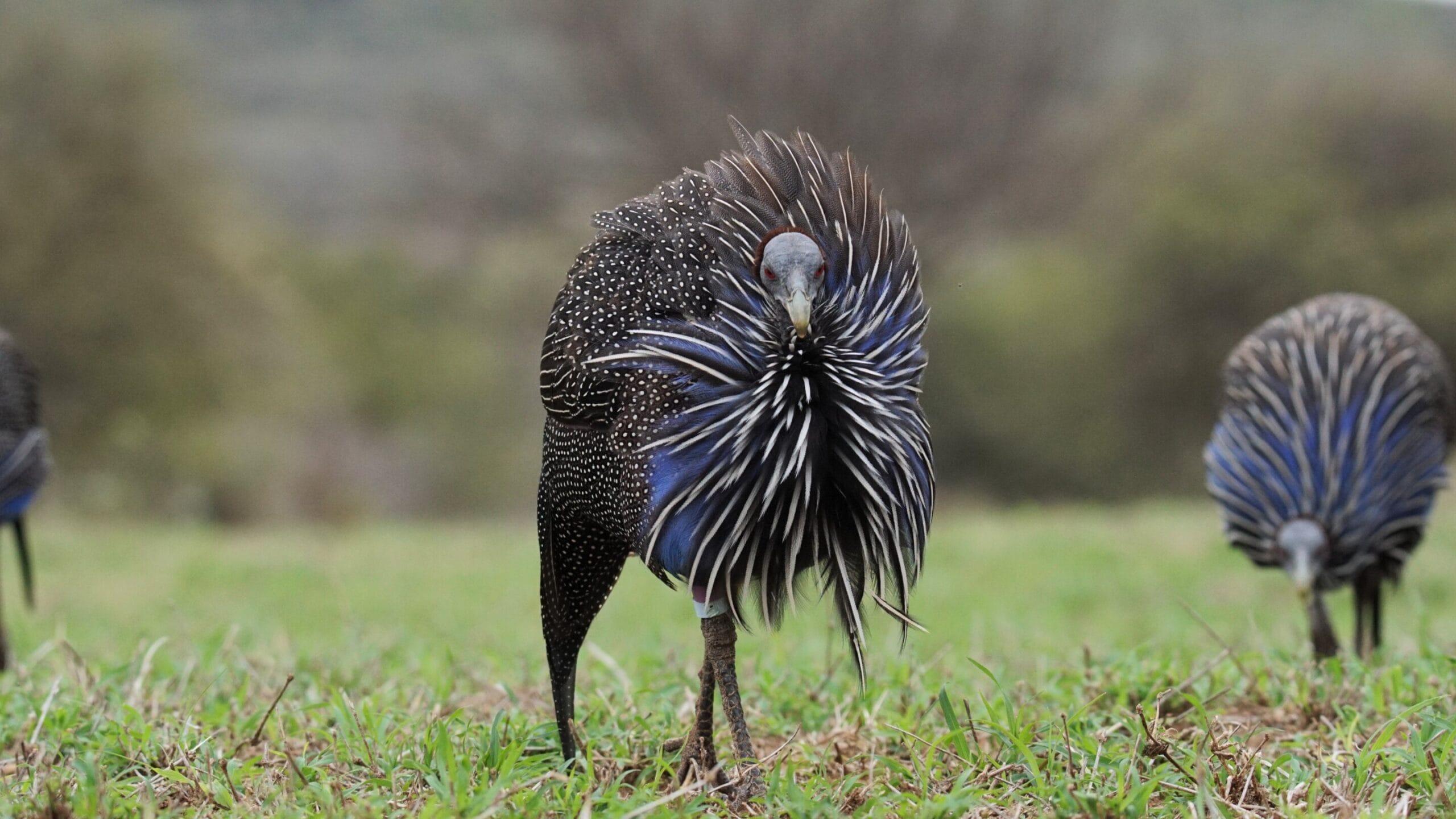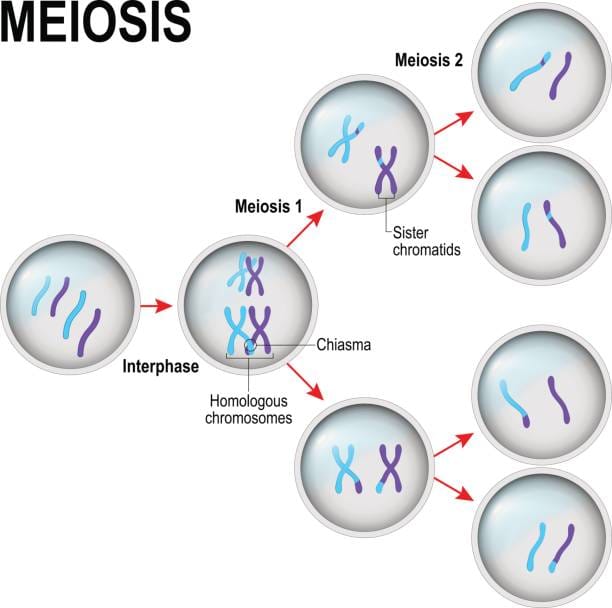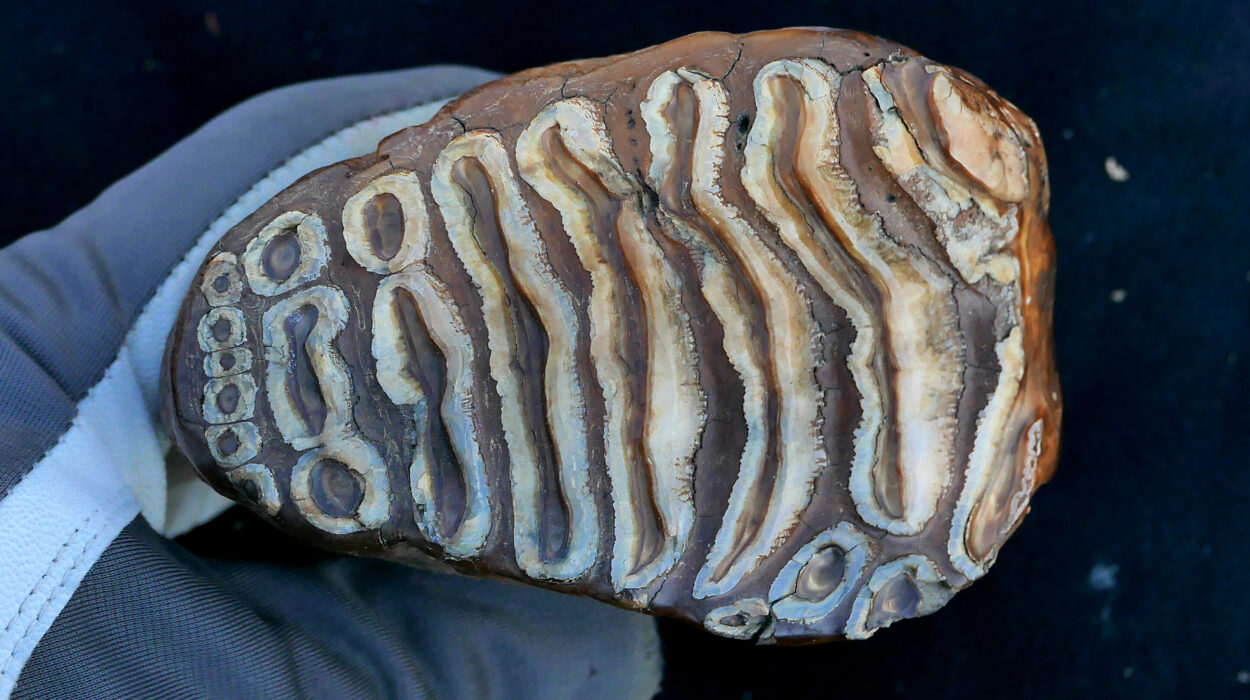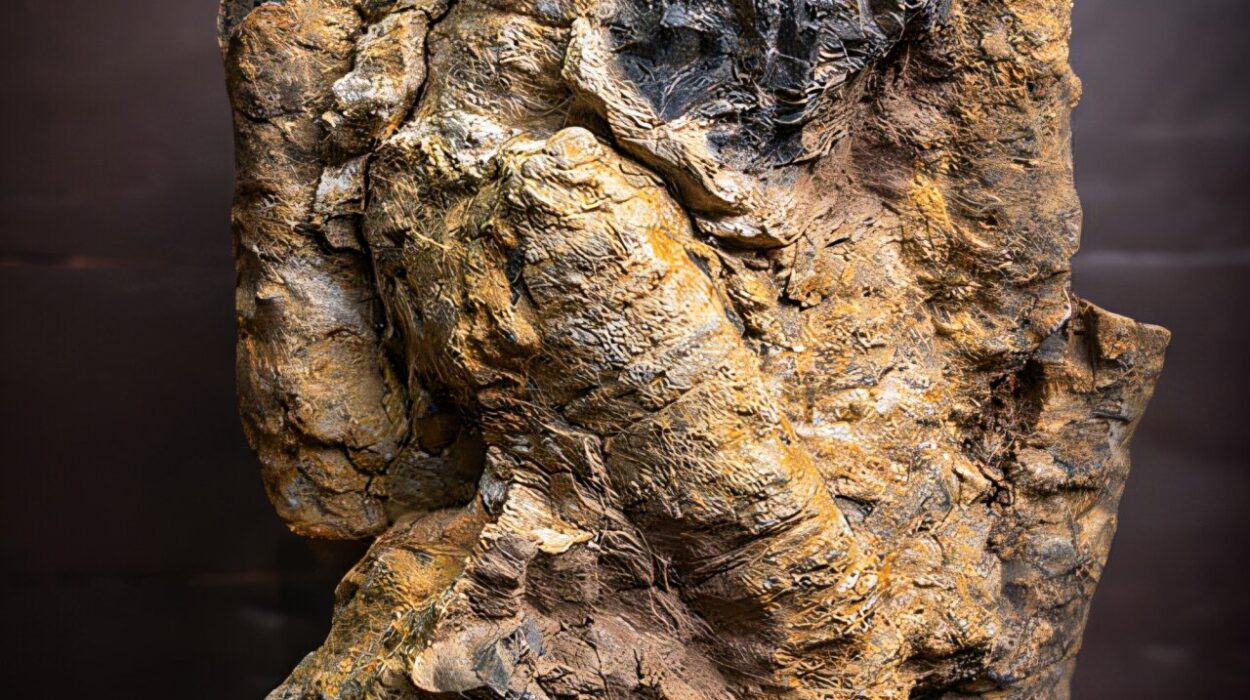In the wild plains of Kenya, where sun-drenched savannas hum with life and the air vibrates with the calls of countless birds, an ancient question is being answered in a very modern way. What does it feel like to lead? Not for humans in boardrooms or political campaigns—but for animals, like birds, that must navigate the complexities of moving together, surviving together, and deciding together.
A new study from The Australian National University (ANU), published in the journal Current Biology, has uncovered something both profound and surprisingly relatable: animals, like humans, can experience stress when trying to lead others—especially when their efforts are ignored. The subject of this revelation is an unassuming creature, the helmeted guineafowl, and through their experience, scientists are learning that the emotional toll of leadership may be a universal burden, echoing across species lines.
More Than Instinct: How Animals Make Collective Decisions
We often imagine animals as purely instinctive beings—driven by hunger, fear, and survival, reacting to the world rather than deliberating about it. But research has increasingly shown that many animal groups exhibit collective decision-making processes that are remarkably democratic. In species like guineafowl, decisions about where to move, when to forage, or how to escape a predator aren’t dictated by a single dominant individual. Instead, these choices emerge from the group itself, often through a kind of silent, synchronized voting.
Associate Professor Damien Farine, a co-author of the ANU study, explains the process as a subtle negotiation between individual desire and collective will. “We already have evidence of how this decision-making can work—it’s like a voting process,” he says. “Individuals might start to move away from the group in the direction they want to go to find food, and if they get enough support, the group follows.”
If no one follows, however, the attempt fails. The would-be leader returns to the group, perhaps disheartened, their initiative unrecognized. In a world where survival often depends on cohesion and unity, this democratic approach can help keep the group safe. But as the study reveals, it can also come at a significant physiological cost—especially to those brave enough to try to lead.
A Heartbeat Heard Across the Savannah
To understand the emotional effects of group leadership among guineafowl, the research team equipped a wild population with GPS tracking devices and heart rate monitors. Over the course of four months, the birds’ every movement was recorded—where they went, how fast they moved, and how their bodies reacted.
What the scientists discovered was astonishing. Whenever an individual guineafowl attempted to lead the group—to initiate a new direction, especially one not aligned with the group’s majority—its heart rate spiked dramatically. The physiological stress was unmistakable. The mere act of trying to influence the collective behavior of its peers placed a measurable strain on the bird’s body.
And if the attempt to lead failed? The stress response was even greater.
Co-author Dr. James Klarevas-Irby notes that this cost was not subtle. “It is noticeable when they’re trying to do something that very few individuals in their group would want to do,” he says. “They also experience a much higher heart rate when they fail to lead in these situations.”
This is, perhaps, one of the most human parts of the discovery. Anyone who has ever tried to convince a group of friends to try a new restaurant, suggest a bold idea at work, or stand up for an unpopular opinion knows the feeling of emotional risk. Rejection. Isolation. And, as this study shows, even the act of leadership itself—regardless of outcome—can be physically taxing.
The Cost of Caring More
At first glance, the guineafowl might not strike us as creatures capable of complex decision-making. But their social lives are far richer than they appear. In tightly bonded groups, their movements must be synchronized to avoid predators, to locate scarce food, to navigate the harsh terrain. In such systems, even a moment of hesitation can spell disaster.
Yet, as the study demonstrates, these groups don’t simply move as herds. There are initiators—birds that take the first step, birds that suggest the next destination with a tilt of the body and a turn of the head. Leadership, then, becomes a gamble. The initiator might be followed, rewarded with access to better resources or safer shelter. Or they might be ignored, left to return, heart pounding, to the safety of the majority.
These high-stress moments reveal something fundamental: leaders care. Not just about their own needs, but about outcomes. About being understood. About connection. The elevated heart rates aren’t simply signs of physical exertion—they are signals of emotional investment.
In this way, leadership in animals isn’t about dominance or hierarchy. It’s about effort. Vulnerability. A willingness to risk social rejection in order to improve collective well-being.
The Weight of the Group: Stress in Movement
Interestingly, the researchers also discovered that simply moving as part of the group—regardless of who initiated it—came with its own elevated physiological costs. Birds showed significantly higher heart rates when moving together than when moving alone. The social dynamic itself, it seems, adds complexity to an otherwise mechanical act.
It’s as if each bird carries not only its body but the weight of the group around it. Constantly adjusting its pace, responding to the subtle cues of others, maintaining cohesion without words. This is not unlike human social experiences: walking through a crowd, keeping step with companions, managing shared expectations—all of it adds invisible strain.
This shared burden makes the act of initiating movement even more complex. To suggest a change is not just to take a step; it is to alter the rhythm of a collective heartbeat. And when that suggestion is rebuffed, the toll is paid in stress.
Leadership in Nature: A Universal Experience?
While this study focused on guineafowl, its implications ripple far beyond birds. The phenomenon of group decision-making is widespread in the animal kingdom—from schools of fish to flocks of starlings, from elephant herds to primate troops. In many of these groups, leadership emerges not through dominance but through initiative and consensus.
If initiating change causes stress in guineafowl, it may well do so in other species too. This opens the door to a broader understanding of animal behavior—one that includes emotional labor, not just physical instinct.
It also challenges simplistic notions of the “alpha” animal. Leadership, as it turns out, is not always glamorous. It can be lonely. Risky. Exhausting. And often, unrecognized. This study reminds us that leadership in nature is not about commanding others but about proposing a better path—and bearing the burden of doing so.
Parallels to Human Experience
The researchers themselves drew a charming comparison to human behavior: the dilemma of choosing a restaurant with a group of friends. “Most of us can relate,” said Dr. Klarevas-Irby. “It’s like when you’re with a bunch of friends and you’re trying to decide where to go for dinner, and you really want to go to a particular restaurant but most of your friends want to go somewhere else.”
It’s a moment that seems trivial, but it reveals deeper truths. Social animals—whether feathered or two-legged—must constantly navigate the tension between individual desire and group harmony. The emotional stakes of being “the one who speaks up” exist even in such everyday interactions.
And just like the guineafowl, we sometimes feel that jolt of stress when our ideas don’t resonate. When we step forward and no one follows.
This research reminds us that such moments are not only deeply emotional—they’re biological. Leadership is a leap, and every leap comes with risk.
A New Window into Animal Emotions
For years, science resisted the idea that animals could experience complex emotions. Concepts like stress, grief, empathy, and joy were reserved for humans and perhaps a few intelligent mammals. But that view is rapidly changing.
Studies like this one not only give us insight into the social intelligence of animals—they also make the case for empathy across species. The guineafowl are not merely reacting to danger or instinct. They are navigating emotional terrain: making choices, responding to social cues, and experiencing measurable physiological consequences.
In this light, animals become more than creatures of survival. They are beings of intention, feeling, and thought. Leadership becomes not a hierarchy of power, but an emotional endeavor.
Conclusion: The Hidden Weight of the First Step
In the end, what this study reveals is something profoundly beautiful and subtly tragic: to lead is to carry more than your own body. It is to risk rejection, to challenge inertia, to dream aloud in the language of motion.
Whether you’re a guineafowl on the African savanna or a person standing at a crossroads, the emotional weight of taking the first step is real. The stress is real. But so is the courage.
And perhaps, knowing that even birds must wrestle with the burden of leadership makes us all a little more compassionate—toward others, and toward ourselves.
Because in every flock, in every crowd, there is someone who dares to lead. Someone who trembles, not from fear, but from hope. And that trembling, measured in heartbeats, may just be the quiet sound of change beginning.
Reference: The physiological cost of leadership in collective movements, Current Biology (2025). DOI: 10.1016/j.cub.2025.06.065. www.cell.com/current-biology/f … 0960-9822(25)00825-5






